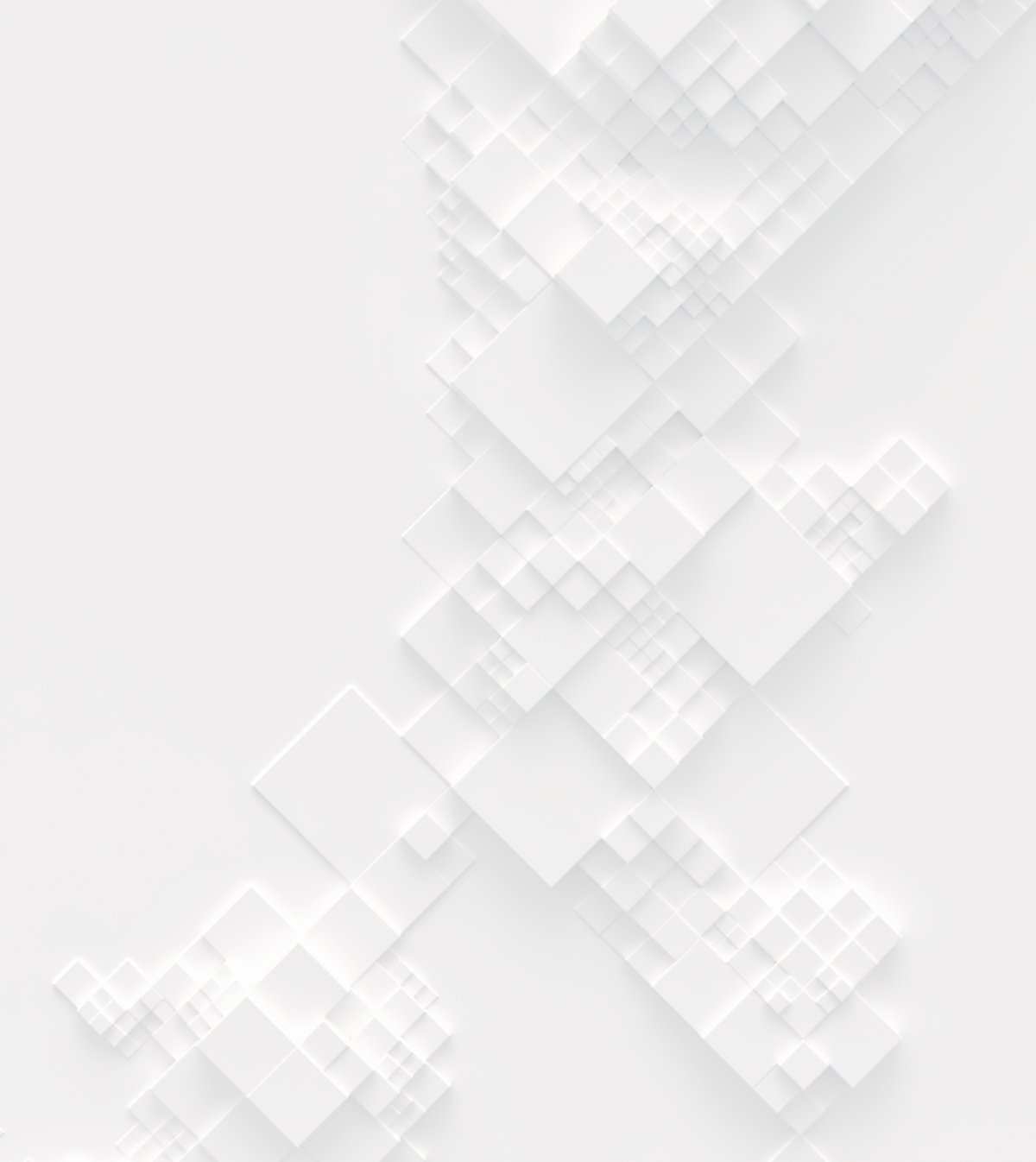The modern workplace has evolved a lot over the past few decades, and the introduction of new technologies and the impact of the Coronavirus pandemic is set to completely change how we work even more in the future.
Back in the 1970s, 80s and 90s, offices were still mostly set up for individual working, with staff set up in their own cubicles and managers in their own offices. And while over time, technology was slowly introduced to help improve productivity, most business communication was still carried out via traditional landlines or in person, and documents were all created, stored and shared as hard copies. Email, word processors and personal computers had all been invested in the 70s, but didn’t become ubiquitous until decades later. And mobile phones, while available to the public from the late 80s, were large, expensive and not standard practice until the new millennium.
Since 2000, there has been an increasing focus placed on being comfortable in the workplace, with most modern setups centered around collaboration rather than individual working. New tools and new technologies have transformed the way we work and communicate such cloud-based software, video conferencing, and even email and social media. This has made it possible for many people to work anywhere and have become less dependent on a fixed office space.
This was made all too clear during the Coronavirus pandemic, when many of us were required to work remotely far more than ever before. It’s unlikely that workplaces will fully return to normal ever again, but there is still a need for office space for a number of reasons. Social interaction with colleagues, more effective tools (technology, furniture, space), face-to-face collaboration and client meetings, for example. So how can workplaces evolve and adapt to help facilitate a combination of in-person and virtual working?
The Office Design Challenge / Edition #2 is the second in an annual competition series in which participants are tasked with exploring the work environment. The jury will be looking for design projects that use architecture as a tool to improve a worker’s wellbeing as well as their productivity. This challenge is an opportunity to envision the new normal of the workplace post-COVID.
Download full competition brief for more information!
Competition is open to all. No professional qualification is required. Design proposals can be developed individually or by teams (4 team members maximum). Correspondence with organizers must be conducted in English; All information submitted by participants must be in English

Competitions
Resources
GET INSPIRED
Annual International Architecture Competition
Office
Office Design Challenge / Edition #2












